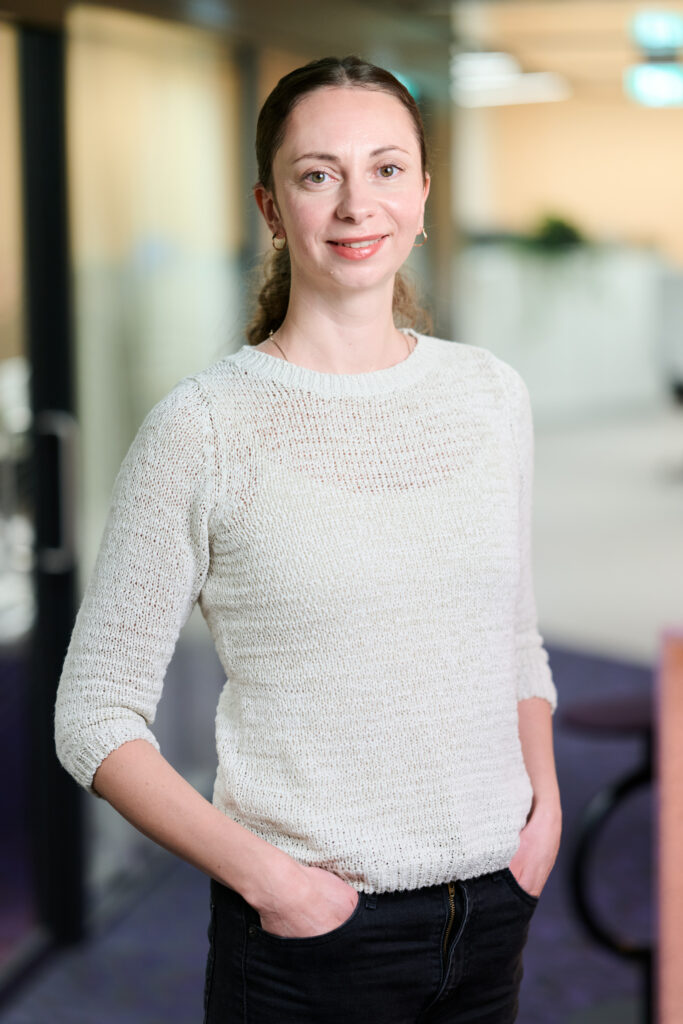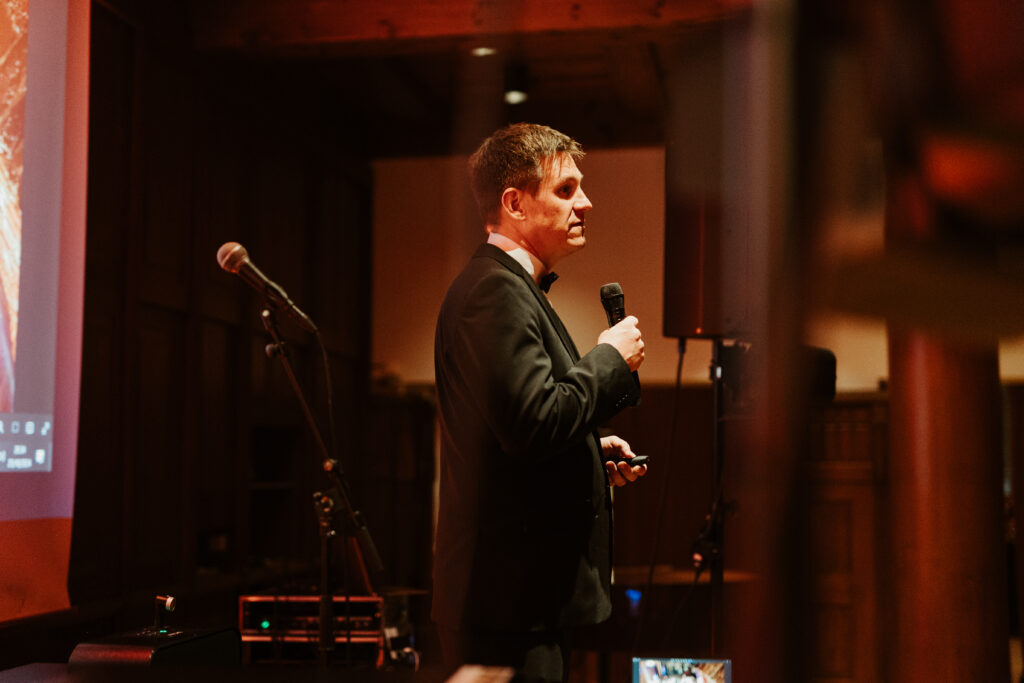Voyantic’s reputation as a leader in RFID technology is built on its commitment to innovation, customer-centric solutions, and a collaborative business approach. At the heart of this success are professionals like Katja Kuvaja, a product manager whose career story illustrates how Voyantic combines expertise and teamwork to deliver world-class results.
From Learning to Leading
Katja’s journey began with a focus on learning. When she joined Voyantic as a newly recruited professional in October 2024, she began her orientation by familiarizing herself with internal resources, tools, systems, and company practices.
As a new product manager, she set out to understand Voyantic’s oldest product family, Tagformance, from every possible angle.
“I started by exploring internal resources and speaking with teams to gather insights,” she recalls.
She also analyzed customer feedback, ensuring she understood the perspectives of those who use the product daily. This approach to onboarding reflects Voyantic’s emphasis on knowledge-sharing and collaboration, which form the backbone of its professional culture.
As she gained confidence in her role, Katja made significant contributions to product development. Her work has spanned multiple release cycles, during which she crafted detailed release notes, reviewed feature requests, and analyzed feedback to identify key trends. These efforts helped her balance long-term product goals.
“Working on the product strategy gave me a clearer understanding of where we want to take the product in the future,” she explains.
Her involvement in roadmap planning with the R&D team highlights the importance of aligning day-to-day tasks with broader strategic objectives—an approach deeply embedded in Voyantic’s practices.

Enhancing the Customer Experience
One of the most rewarding aspects of Katja’s role is being the customer’s voice.
“I act as a bridge between the customer and our internal teams,” she says.
This role allows her to ensure that customer needs and feedback are translated into actionable improvements for the product.
“Knowing that the features we develop make a tangible difference to users is incredibly motivating,” she adds.
This focus on customer-centricity extends to Tagformance, a product designed to deliver precision and reliability in RFID measurement. Katja’s vision for its future goes beyond functionality.
“While accuracy and reliability are critical, we also want to provide value through services like technical support, maintenance programs, and training,” she explains.
This approach underscores Voyantic’s commitment to enhancing the customer experience by offering solutions that address both immediate needs and long-term goals.
A Culture of Collaboration and Growth
Katja credits much of her growth to Voyantic’s collaborative and supportive culture.
“There’s a strong team spirit here, and everyone is committed to continuous improvement,” she says.
This environment fosters individual expertise and collective success as team members share knowledge and work together to tackle challenges. She points to the company’s internal training sessions as an example of how employees are equipped with the skills and understanding needed to excel.
“These sessions ensure everyone has a solid foundation in RFID technology and our products,” she explains.
This culture of collaboration and professional development is why Voyantic stands out as an employer. Katja describes the company as one where professionals can thrive while working on meaningful projects.
“The combination of cutting-edge technology, global impact, and opportunities for growth makes Voyantic an ideal environment for anyone who wants to advance their career,” she says.
As Voyantic continues to push the boundaries of RFID technology, Katja is focused on contributing to its mission of helping customers to excel in RFID. Her approach to product management—listening to customers, understanding their needs, and translating those insights into actionable improvements—exemplifies the precision and care that define Voyantic’s work. Katja’s journey highlights the wealth of opportunities Voyantic offers for personal and professional development. By fostering a culture of excellence and innovation, the company ensures that its people and products remain at the forefront of the RFID industry.














